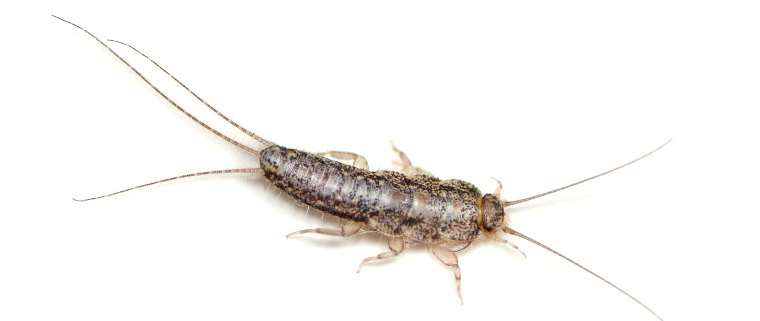Although ticks are commonly associated with pets as their hosts, even humans are vulnerable to these blood-sucking creatures. But even if you don’t own a pet, you can be a host to ticks. In fact, at Defence Pest Management, we have had clients who don’t own pets but are still having problems with ticks and fleas.
They can be found in bushes and grassy areas where they can crawl up on your clothes and hide in unexposed areas of your skin. They can then attach themselves on your scalp or armpit and begin to feed.
Diseases that Can Be Caused by Ticks and Tick Bites
While severe conditions, such as tick paralysis, are rare among humans, ticks can still cause illnesses and diseases to their human hosts. Ticks and tick bites can cause skin irritation and allergies, and transmit tick-borne illnesses and infections.
Additionally, if the tick is accidentally crushed, its blood may contain infective agents that can cause skin sensitivity and irritation.
Tips for Removing Ticks
It is almost never safe to remove a tick with bare hands as you run the risk of crushing or squeezing its body. Using your fingers alone may also be ineffective especially when the mouthparts of the tick have burrowed deep in your skin. Pulling the tick carelessly can result in more bleeding and wounding your skin.
One of the most effective and safest ways to remove a tick is by using a removal tool specifically made for ticks. Otherwise, here are some steps you can try:
• Use tweezers to grab and hold the mouthparts of the tick. This is usually located closest to your skin as it feeds on you. As much as possible, use fine-tipped tweezers for easy handling, to securely hold the mouthparts without twisting its body.
• Never hold the tick by its body else it might end up burrowing its mouthparts deeper into your skin, or you can end up crushing its body.
• Gently pull out the tick. You can place it in a small container with water so you can get rid of it without having to crush the body.
• Disinfect the area bitten by the tick, using antiseptic agents and thoroughly wash your hands with soap.
Preventing Ticks
If you have a pet in your home, it is easier to determine if and why you will run a problem with ticks. On the other hand, if there are fleas or ticks in your property, you may not be able to notice it until you find bites or you become their host. However, this can be prevented by avoiding grassy areas, and wearing clothing that prevents your skin from being exposed to ticks.
In your own home, if your property is regularly inspected, then you will not have to worry so much about tick and other pest infestations. In addition, if our team at Defence Pest Management finds any sign of ticks in your home, we will recommend an effective method for their complete and immediate removal.







